Dean Drever’s solo exhibition ‘In Black and White’ dismantles the dichotomies of violence
The latest exhibition at the AGA features multi-media artwork by Dean Drever that engages in the subtleties of power-relations.
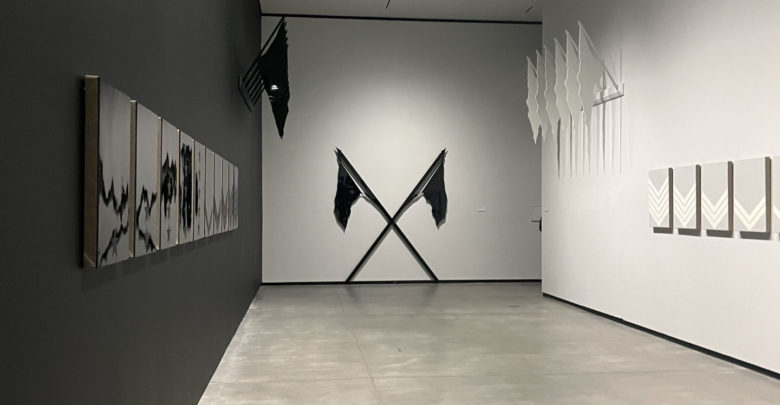 Katie O'Connor
Katie O'ConnorOn January 21, the Art Gallery of Alberta (AGA) hosted an artist-led tour of their latest exhibition entitled In Black and White. This exhibit, curated by Catherine Crowston, features multi-media artwork by the Edmonton-born artist Dean Drever.
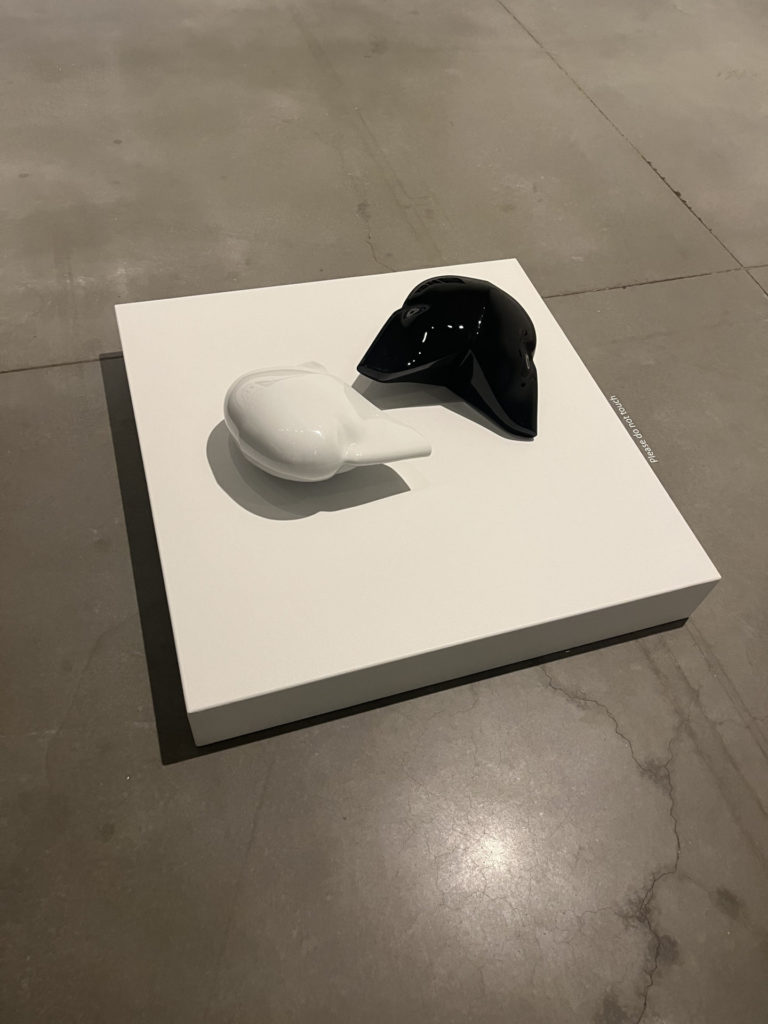
The selected pieces engage with symbols of power to deconstruct the black-and-white dichotomy of the oppressor and oppressed, revealing infinite shades of grey. This show is presented by the Capital Power Indigenous Art Fund, a collaboration between the Capital Power corporation and the AGA.
Dean Drever studied sculpture at the Calgary-based institution, the Alberta College of Art and Design. His work has been exhibited across Canada, and is well-known for his public artworks that usually feature animal imagery. One of these large-scale sculptures titled “Bear with Salmon” resides in the EPCOR tower in Edmonton.
In Black and White deviates from Drever’s playful sculptures to deal with more serious subject matter related to extremist groups and ideologies. During the tour, Drever explained that he started working on the featured artworks as far back as 2003. He had been working with imagery related to the white supremacist organization the American Knights of the Ku Klux Klan, which led to the development of one of the most striking pieces in the exhibition.
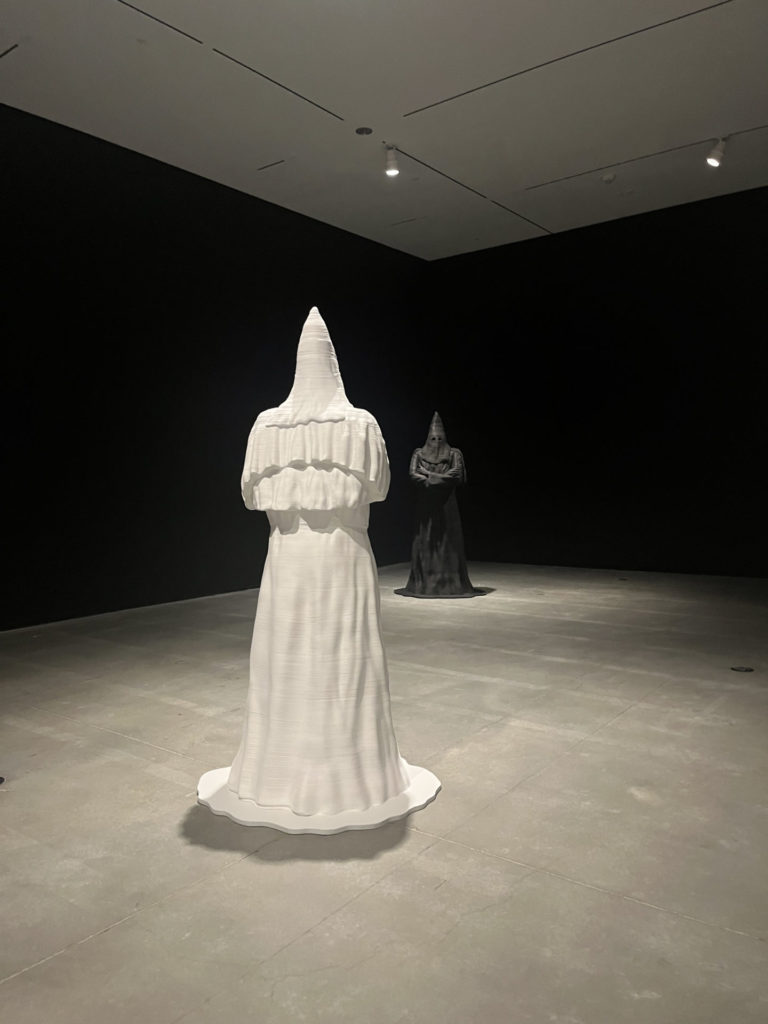
In the far left corner of the exhibition, a secluded room contains two sculptures of Ku Klux Klansmen in their hooded uniforms made out of a stack of roughly 7,500 sheets of paper. One figure is black while the other is white, and they stand on opposite sides of the room facing one another.
Drever described his choice of paper as a medium during the tour: “I think of it as sort of [the Klansmen] teetering under the weight of their own ideologies; they can blow away or start on fire.”
The artist input a 3D map of the carved figures into architectural software and then cut each piece of paper using vinyl plotters.
Another artwork featured in the exhibit that struck the Canadian viewers during the tour was a row of hockey jerseys. Two teams, one black and one white, were represented by two rows of jerseys hung facing each other.
The designs on the monotone jerseys were only visible up close, and included swastikas on the front where team logos usually go. Each jersey included the names of prominent members of the Nazi party, starting with Hitler and working through the rest of his inner circle. This focal piece of the exhibit stands out to viewers as a powerful reminder of different types of violence.
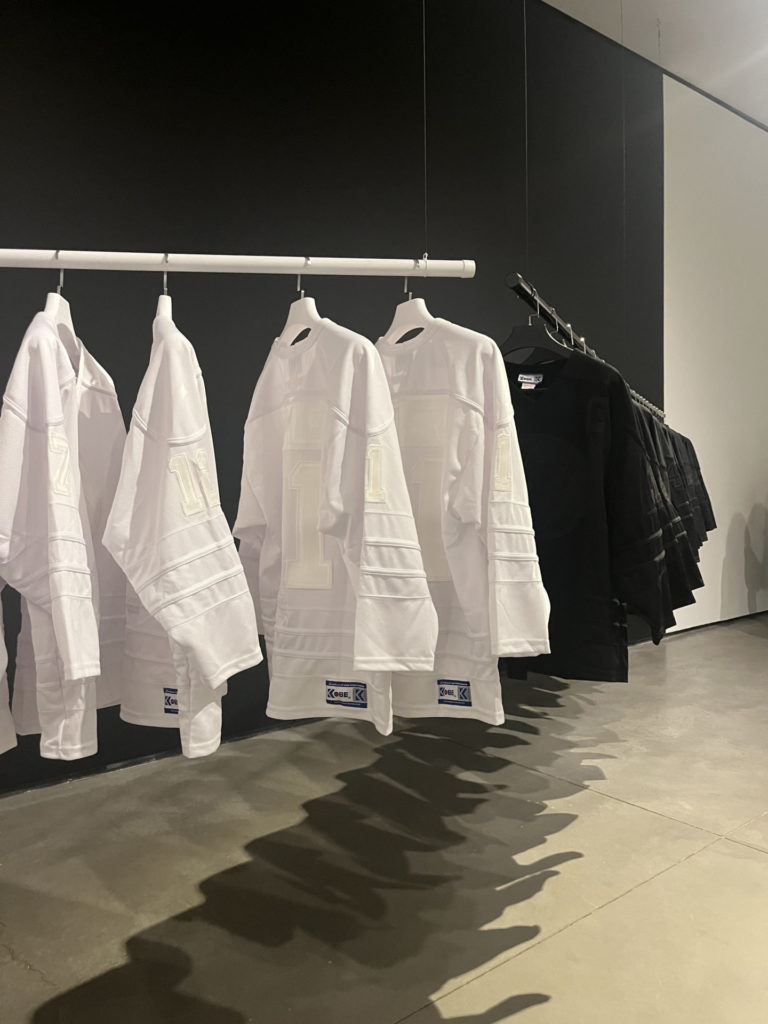
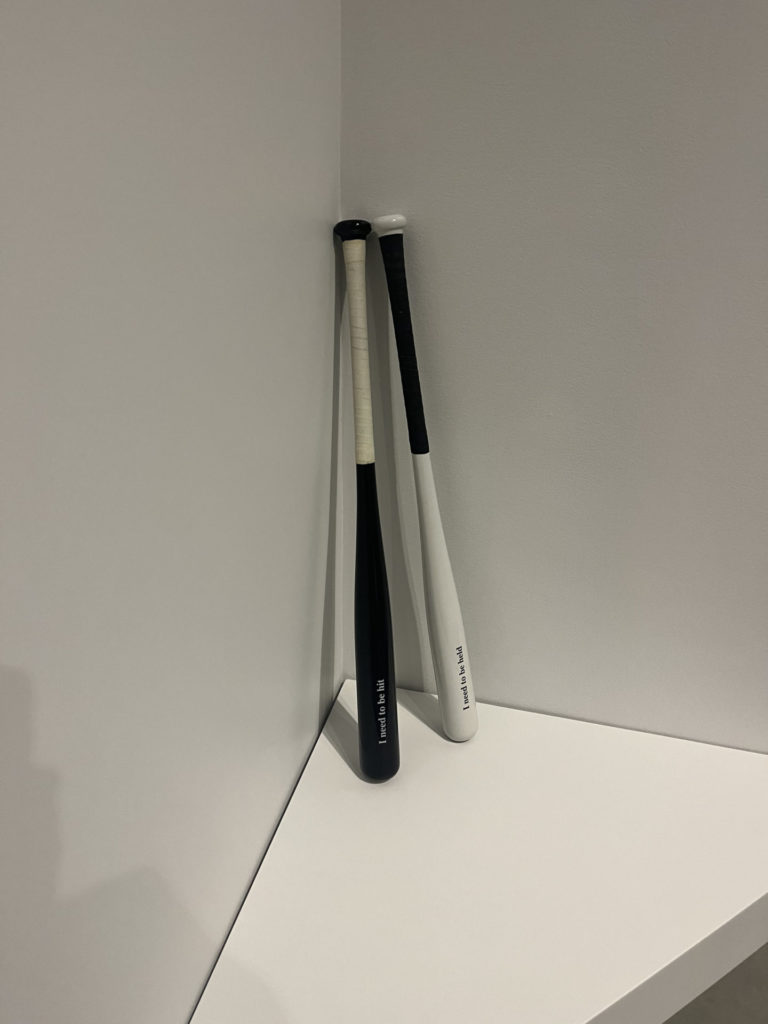
One of the more subtle pieces that does not engage with explicit racist symbols of authority is located in the right corner of the main exhibition room. “A Nice Pair,” in reference to one of Drever’s favourite Pink Floyd albums, displays two baseball bats leaned against the wall, in inverse designs of black and white with minimalist text printed on them. One bat reads “I need to be hit,” while the other reads “I need to be held.” Though Drever did not elaborate much on the work during the tour, the simple words convey a powerful meaning that adds a personal dimension to the inanimate objects.
“Black Metal” and “White Metal” engage in the power of symbols from a different angle than Drever’s other works. The series of 24 canvases display the iconic logos of various metal bands, including Slayer, Metallica, and Black Sabbath among others. Drever explained that these musical groups are often associated with rebellion, masculinity, and violence. He discussed the polarizing opposites of good and bad that these groups challenge by potentially providing a non-harmful outlet for anger through their intense music.
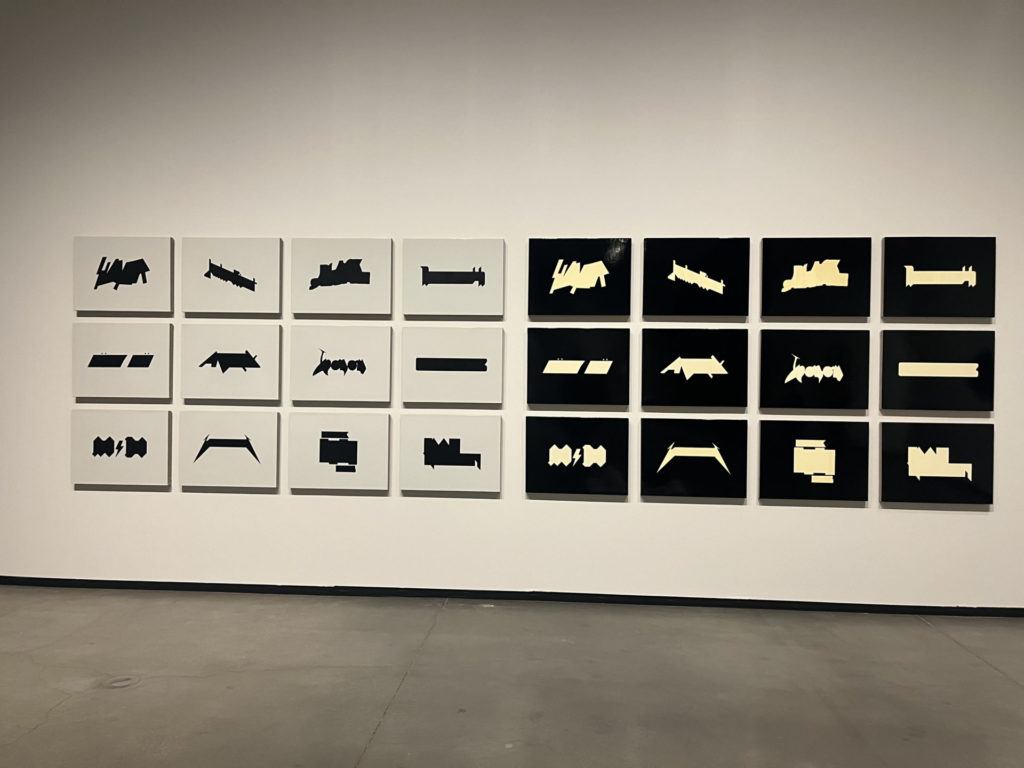
There are many other works in this exhibit that are worth critical engagement, and prompt viewers to consider how they personally relate to symbols of power. The reflective surfaces of many of Drever’s artworks indicate a responsibility of the viewer who sees themselves in these works, to acknowledge and stand against the injustices they see in their own lives. In Black and White will be on display at the AGA until May 1.
Every year, The Gateway publishes hundreds of articles like the one you just read that are free for everyone to access. But The Gateway needs your support to continue publishing its award-winning journalism. Please consider donating today, even a small amount can help the University of Alberta’s only newspaper continue serving the campus community. Thank you.




